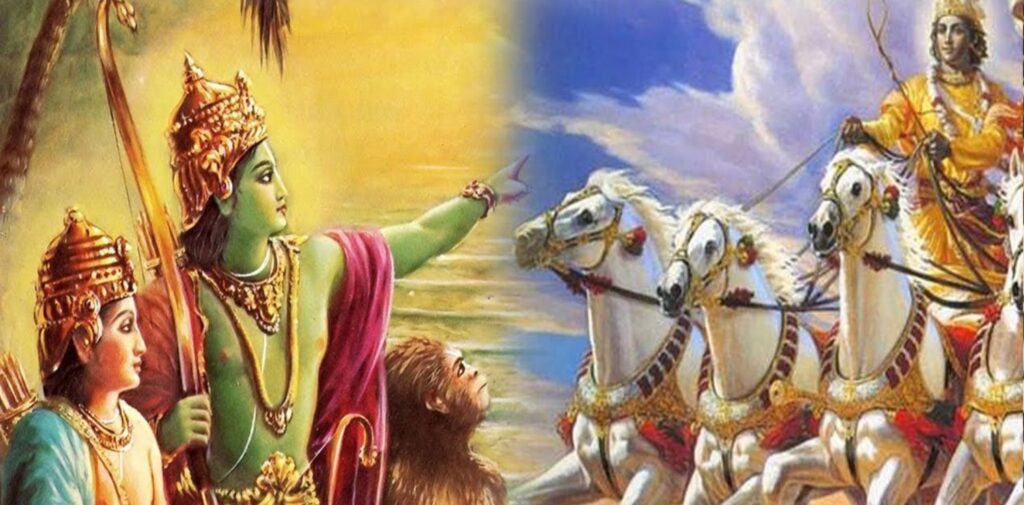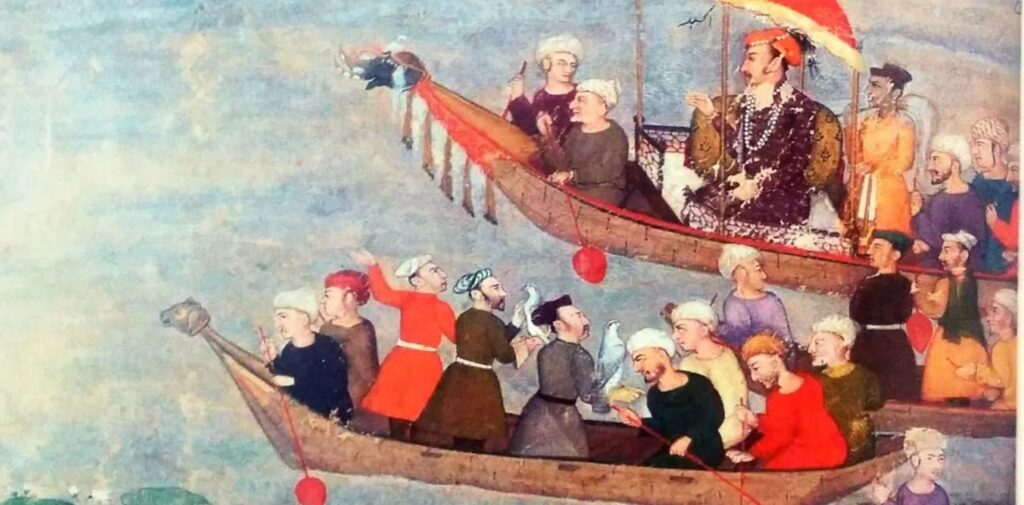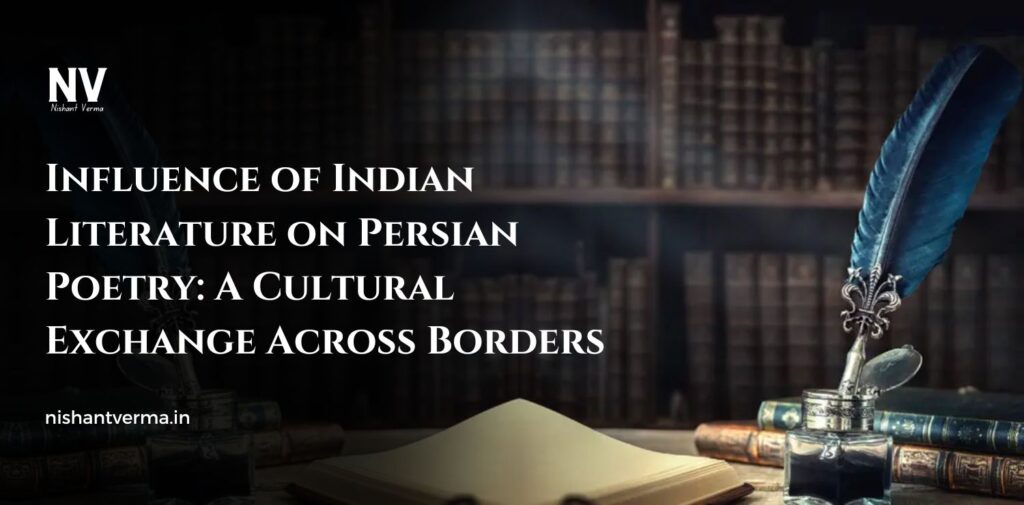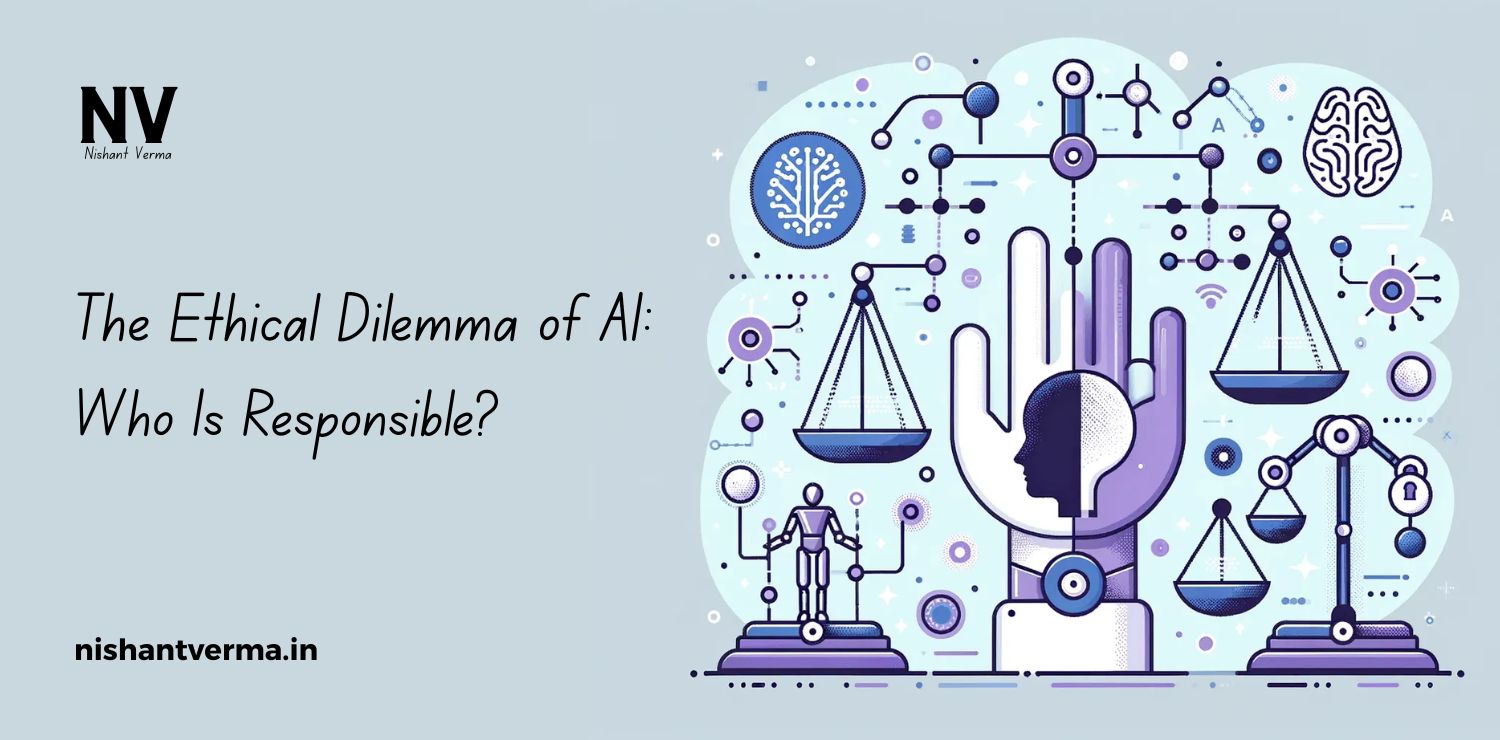The interaction between Indian and Persian literature has a rich and fascinating history that spans centuries. Both traditions, rooted in different languages and cultures, have influenced each other in profound ways. Among the most notable forms of this cross-cultural exchange is the impact of Indian literature on Persian poetry. This influence can be seen in the themes, styles, and ideas that permeated Persian poetry, giving it unique characteristics that blended elements of both cultures. In this article, we will explore how Indian literature influenced Persian poetry and the lasting impact it had on the poets of Persia.
The Beginning of Cultural Exchange
The historical roots of the cultural exchange between India and Persia go back to ancient times. The relationship between the two regions grew particularly strong during the rule of the Delhi Sultanate (1206-1526), a period in which Persian became the official language of the Indian court. As the Mughal Empire expanded in the 16th century, Persian literature became widely used by Indian scholars and poets. Persian poets, many of whom had roots in Iran, came to India and began to embrace the local culture, including the rich traditions of Indian literature.
Indian literature, with its deep philosophical insights, vivid storytelling, and intricate poetry, played a significant role in shaping Persian poetry. Persian poets, particularly in India, began incorporating elements of Indian literary traditions into their own work. This cultural blending led to the creation of a new and unique form of Persian poetry that reflected both the cultural heritage of Iran and the spiritual depth of India.

The Role of Indian Epics and Mythology
One of the primary influences of Indian literature on Persian poetry can be traced back to the great Indian epics, the Mahabharata and the Ramayana. These epics are full of stories of valor, love, and tragedy, offering a treasure trove of themes and symbols that Persian poets found inspiring.
Persian poets often adapted characters and plots from these epics into their own works, sometimes even rewriting them to suit their cultural and religious contexts. For example, the story of Rama from the Ramayana found its way into Persian literature through translations and adaptations, influencing Persian poets to explore themes of heroism, duty, and virtue in their works. Similarly, the characters of Krishna and Arjuna were also introduced into Persian poetry, where they became symbolic figures of spiritual wisdom and valor.
Indian mythology, with its colorful pantheon of gods and goddesses, also left its mark on Persian poetry. The mystical and spiritual nature of Indian deities resonated with Persian poets, particularly those influenced by Sufism. The symbolism of divine love and the human soul’s quest for unity with the divine was a common theme in both Indian and Persian traditions, leading to cross-pollination between the two cultures.
The Influence of Indian Philosophy and Mysticism
Indian philosophical traditions, particularly Hinduism and Buddhism, had a profound impact on Persian poetry. The idea of the soul’s journey toward enlightenment, a central theme in Indian philosophy, became a popular subject for Persian poets. This influence is most evident in the works of Sufi poets like Rumi, whose poetry reflects the deep spiritual wisdom of both Persian and Indian traditions.
Sufism, the mystical branch of Islam, shares many commonalities with Indian spiritual practices, especially in its focus on inner transformation and connection to the divine. The Persian poets who were influenced by Indian mysticism began to incorporate the concepts of bhakti (devotion) and yoga (spiritual discipline) into their poetry. These ideas not only enriched Persian poetry but also helped create a shared spiritual framework between the two cultures.
The mystical traditions of both India and Persia often revolve around similar themes: the search for self-realization, the transcendence of ego, and the experience of divine love. These shared themes became a bridge between Indian and Persian poets, allowing them to explore universal truths in ways that resonated with both cultures.

The Rise of Persian Poetry in India
During the Mughal era, Persian poetry flourished in India, especially at the courts of emperors like Akbar, Jahangir, and Shah Jahan. The Mughal court was a melting pot of cultures, where Persian poets and Indian intellectuals interacted frequently. It was during this time that the fusion of Indian and Persian literary traditions became most pronounced.
The Mughal emperors themselves were patrons of the arts and supported the creation of many literary works that combined elements of both Persian and Indian traditions. Persian poets in India often wrote about themes that were important to Indian society, such as the beauty of nature, the glory of Indian kings, and the colorful festivals and rituals of India. They also incorporated Indian metaphysical concepts into their poetry, including references to the atman (soul) and moksha (liberation), concepts that originated in Indian philosophy.
This blending of Persian and Indian traditions created a new literary style that was distinct from both Iranian and Indian poetry. Poets like Mirza Ghalib, who lived during the later Mughal period, were able to merge the refined language of Persian with the spiritual depth of Indian ideas, creating poems that expressed a unique cross-cultural vision.

The Impact on Poetic Forms and Language
The influence of Indian literature on Persian poetry was not limited to themes and ideas; it also extended to poetic forms and language. Persian poetry, traditionally known for its strict adherence to forms like the ghazal (a short lyric poem) and masnavi (narrative poetry), began to incorporate elements of Indian poetic forms.
One of the most significant impacts was the introduction of new metaphors and imagery drawn from the natural world of India. Persian poets started using symbols from Indian flora, fauna, and landscapes. For instance, references to the lotus, the peacock, and the mango, all symbols of India, became common in Persian poetry. These symbols, along with the rich imagery of Indian temples, palaces, and rivers, added a distinctly Indian flavor to Persian poetry.
Furthermore, the Persian language itself began to absorb words and phrases from Indian languages like Hindi, Urdu, and Sanskrit. The use of Indian vocabulary and expressions helped make Persian poetry more accessible to the people of India, and also added a new layer of meaning to the poetry. This blending of languages created a unique linguistic style that resonated with both Indian and Persian audiences.
Conclusion: Indian Literature on Persian Poetry
The influence of Indian literature on Persian poetry is a remarkable example of how cultural exchange can enrich and shape artistic traditions. From the stories of the Indian epics to the spiritual wisdom of Indian philosophy, Persian poets were deeply inspired by the ideas, themes, and symbols of Indian literature. In turn, Persian poetry helped shape the literary landscape of India, particularly during the Mughal period, when Persian became the dominant language of the court.
The fusion of Indian and Persian literary traditions created a rich and unique form of poetry that continues to be celebrated today. The enduring impact of Indian literature on Persian poetry is a testament to the power of cultural exchange and the shared human experiences that transcend national borders and languages. Through this blending of cultures, both India and Persia were able to create a literary legacy that has left a lasting mark on world literature.




